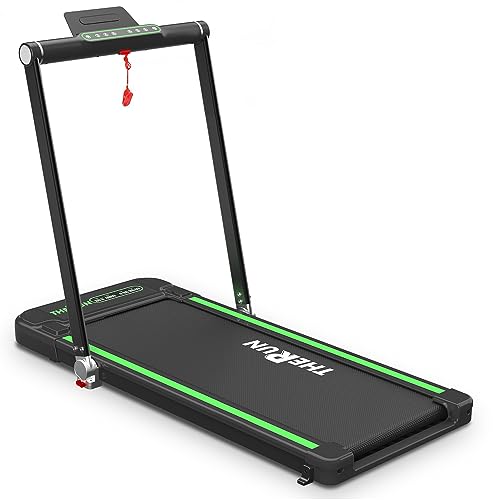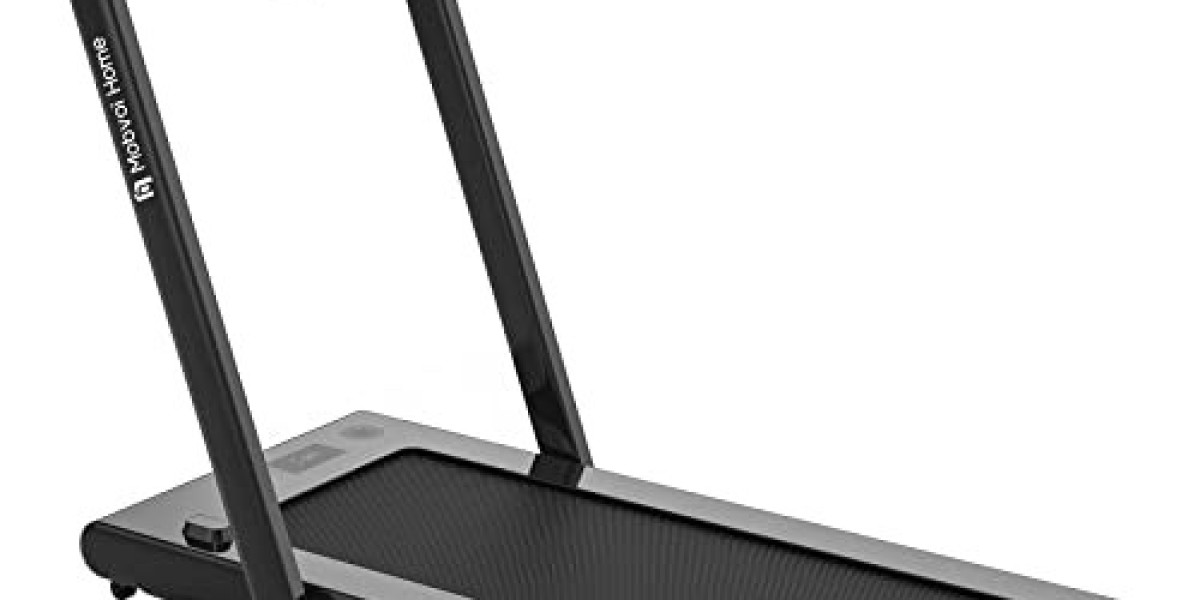In the age of convenience and personal fitness, having a treadmill at home has become increasingly popular. It allows individuals to maintain their fitness routines without the constraints of weather, time, or crowded gyms. However, selecting the right treadmill for home use can be overwhelming, given the myriad of options available in the market. This article provides a comprehensive guide to understanding the different types of treadmills, their features, and essential considerations before making a purchase.
Understanding Treadmill Types
When it comes to treadmills, there are several types that cater to various fitness needs and preferences. Here are the primary categories:
Manual Treadmills:
- These treadmills are powered by the user's movements. They require no electricity and often have a smaller footprint, making them ideal for home use.
- Pros: Cost-effective, space-saving, great for walking and light jogging.
- Cons: Limited features and lower maximum speeds compared to motorized options.
Motorized Treadmills:
- The most common type found in homes, motorized treadmills have built-in motors that power the belt. They usually offer various speed and incline settings.
- Pros: Enhanced features, adjustable speeds, and inclines; suitable for running and intense workouts.
- Cons: Generally more expensive and may require more maintenance.
Folding Treadmills:
- Ideal for those with limited space, folding treadmills can be easily stored away when not in use.
- Pros: Space-saving design, portable, convenient for small apartments.
- Cons: May sacrifice durability and performance for compactness.
Commercial Treadmills:
- Designed for heavy use in gyms or fitness centers, these treadmills are built to withstand rigorous workouts and typically come with advanced features.
- Pros: Durable and high-quality construction, extensive features.
- Cons: Higher price point and often bulkier.
Smart Treadmills:
- These cutting-edge machines integrate technology, allowing users to connect to apps, track workouts, and follow guided training sessions.
- Pros: Interactive features, personalized workout experiences, data tracking.
- Cons: Higher cost, reliance on technology.
Key Features to Consider
When shopping for a treadmill, certain features are essential to ensure it meets your fitness needs. Here are some factors to keep in mind:
Motor Power: Look for treadmills with a motor power of at least 2.0 to 3.0 horsepower (HP) for a smoother experience, especially for running.
Running Surface: Ensure that the running surface is spacious enough to accommodate your stride. A belt width of 20 inches and a length of 55 inches is standard for walking, while 60 inches is recommended for running.
Weight Capacity: Check the weight limit of the treadmill. Most home treadmills support between 250 to 300 pounds, but commercial-grade models can handle more.
Incline Options: Incline features simulate uphill running, which can enhance your workout's intensity and effectiveness. Look for models that offer adjustable incline levels.
Built-in Programs: Many treadmills come with pre-set workout programs tailored to various fitness levels and goals, providing variety and motivation.
Display Features: A user-friendly console displaying metrics like time, distance, speed, calories burned, and heart rate is crucial for tracking your progress.
Cushioning System: A good cushioning system reduces impact on joints, making your workouts more comfortable and reducing the risk of injury.
Foldability and Storage: If space is a concern, consider a treadmill that folds up easily for storage.
Benefits of Owning a Treadmill at Home
Investing in a treadmill for home use offers numerous advantages, including:
Convenience: No more commuting to the gym or worrying about the weather; users can work out whenever they like.
Cost-Effective: While the initial investment may seem steep, owning a treadmill can save money on gym memberships in the long run.
Customizable Workouts: Home treadmills allow individuals to tailor their workouts according to personal preferences, pacing, and fitness goals.
Family-Friendly: A treadmill can be a shared resource for family members of all ages, encouraging a culture of fitness at home.
FAQs about Home Treadmills
1. What should I look for when buying a treadmill?
- Consider factors such as motor power, running surface size, weight capacity, incline options, built-in workout programs, cushioning systems, and storage features.
2. How much space do I need for a treadmill?
- Ideally, you should have a clear area that allows for the treadmill's dimensions plus some space around it for safety. Most treadmills require a footprint of about 6-7 feet long and 3 feet wide.
**3. Are foldable tread








